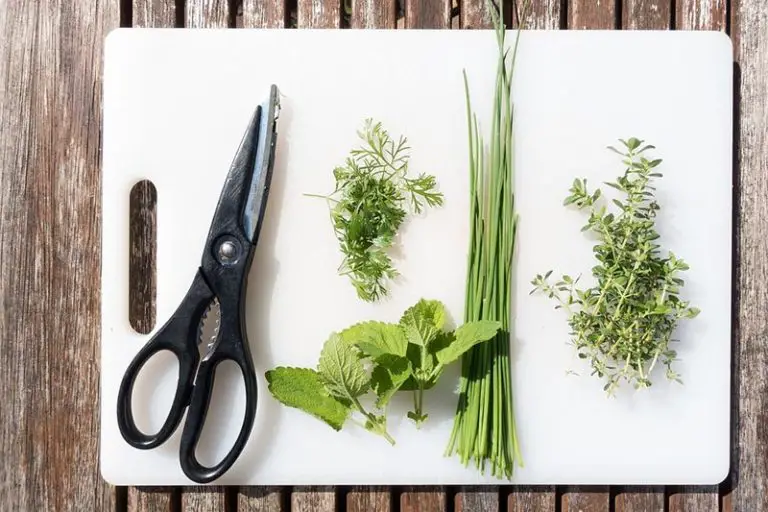Bonsai Maintenance Pruning Guide
A bonsai needs regular maintenance and pruning to sustain its shape and form. Maintenance pruning is about shaping the bonsai when there’s new growth. If your bonsai is a flowering one, it should ideally be pruned during the spring season. Therefore, we developed this short bonsai maintenance pruning guide to show you the way.
Pruning is not just about cutting parts of the tree; it’s an art form too and requires skills and know-how to do it. To develop healthy foliage and keep the bonsai’s shape intact, you must follow some basic steps.

Step-by-Step Bonsai Maintenance Pruning Guide
Have your tools ready. You’ll need shears and a concave cutter for pruning. Use bonsai clippers and not scissors. It’s a good idea to invest in sharp tools as that would give your bonsai a more refined appearance, and the cuts will also heal faster.
- Examine the bonsai and determine its shape and where to cut it.
- Remove all the dead foliage and weed. Carefully pluck out any weeds or dried-out leaves and discard them.
- Trim the crossed branches as they allow the growth of pests in the plant. Also, remove any broken branches or twigs for healthier growth.
- Make sure the twigs have no more than 3-4 nodes by cutting any excess nodes with branch or knob cutters.
- During the spring and summer seasons, you need to prune more often than in the other seasons. Usually, it’s during the months from March to September, depending on the location.
- Various types of maintenance pruning are leaf pruning, twig pruning, and pinching.
Deciduous trees need leaf pruning, which means you should identify pairs of leaves and remove one from each pair. During the summer season, you can remove all the leaves from the bonsai. This is called the defoliation technique, which encourages the growth of new smaller leaves and is essential for proper bonsai tree care.
Make sure not to fiddle with the leaf stems and cause damage. This method is suitable for healthy deciduous trees that haven’t been recently re-potted. Some of the suitable species for this are Elm, Oak, and Ficus. If you are a beginner, you might want to start by defoliating only a third of the tree at a time.
Bud pinching is more suitable for pines and some conifers. This approach doesn’t require removing all the leaves. Once you identify the needles or leaves you want to prune, you remove them by pinching between your thumb and forefinger and then twist. Using tools on some conifers can result in brown, dead foliage. With practice, you can easily do this with little effort. Some of the coniferous bonsai need both leaf pruning and pinching.
We have a detailed bonsai tree care guide with all the relevant information. Check the guide out here!


Some Tips
Keep the top of the tree perfectly pruned as there’s more foliage at the top. It will ensure balanced growth for the entire tree.
It’s important to know that all trees are sensitive to pruning, and you should only prune during the season of strong growth. Also, the timing of pruning matters, and it’s dependent on what type of bonsai you have.
If you’re a beginner, don’t remove more than 25-30% of the foliage at a time. Prune gently, take pauses while doing so and observe the tree from different angles to determine if you really need to remove more foliage.
You must also know that it’s better to shorten the branches than completely remove them. It goes without saying that once you remove something from your bonsai unnecessarily, you can’t glue it back on.
Lastly, use proper tools with sharp blades to remove the thick branches. There’s a product called “cut paste” that you can apply to the cuts to prevent any infections on the tree.

Final Thoughts
For creative people, shaping a bonsai is a meditative art form and helps in destressing. Regular pruning is a great way to maintain the tree and is essential for its aesthetics and healthy growth.

